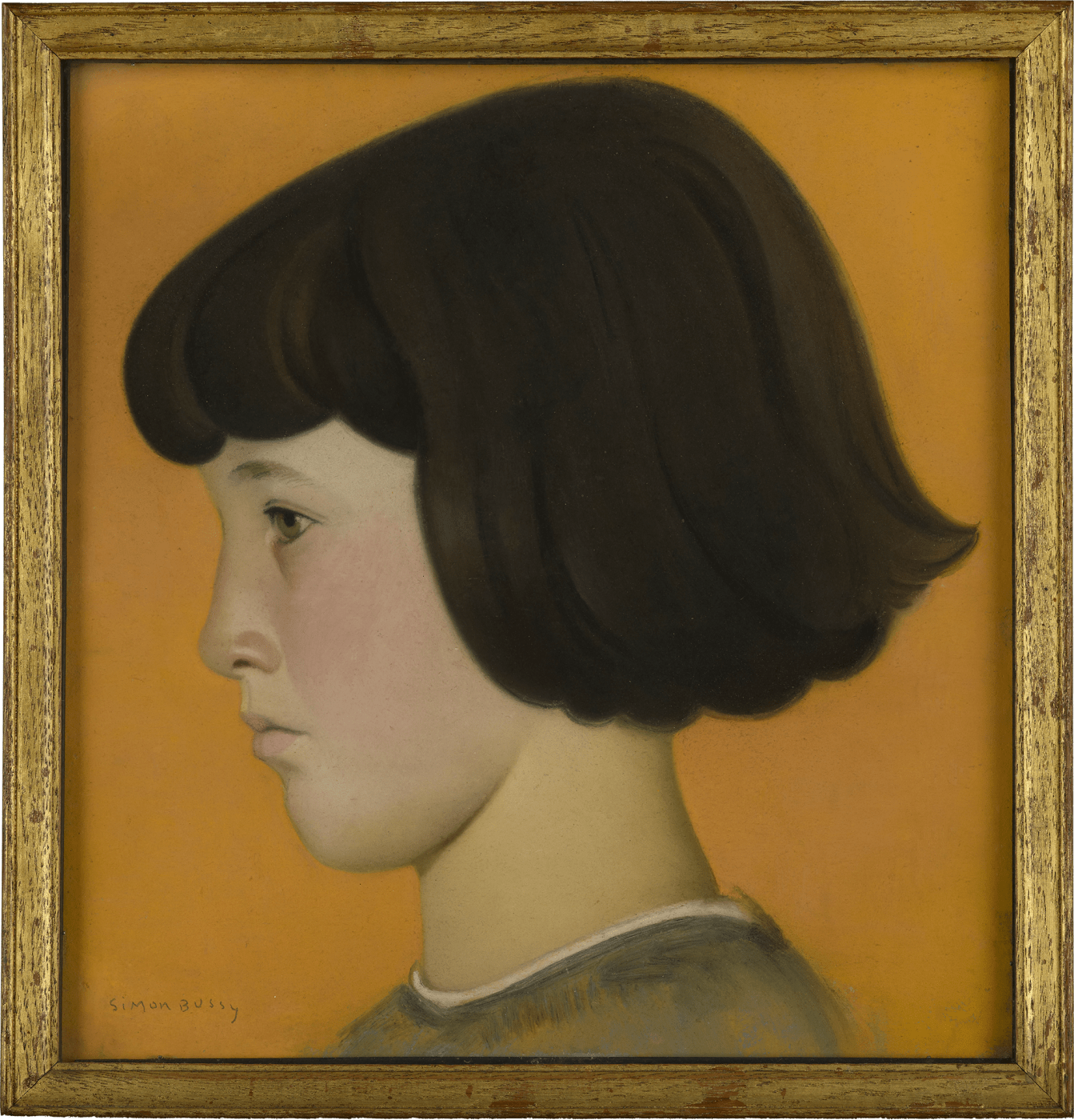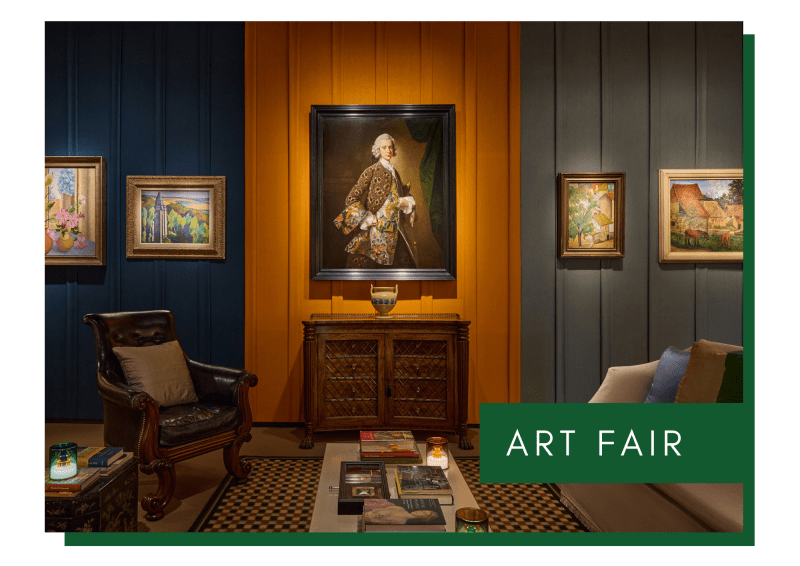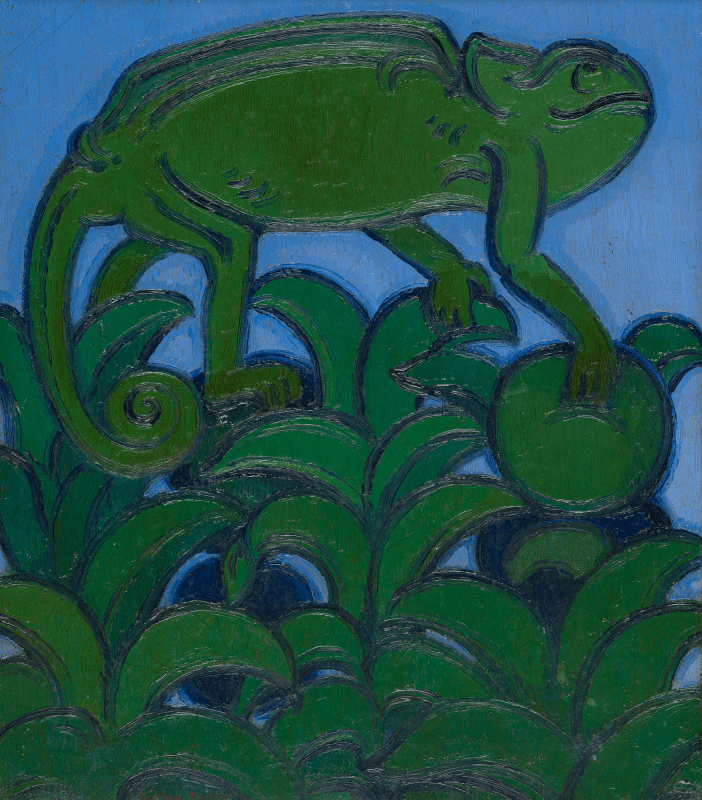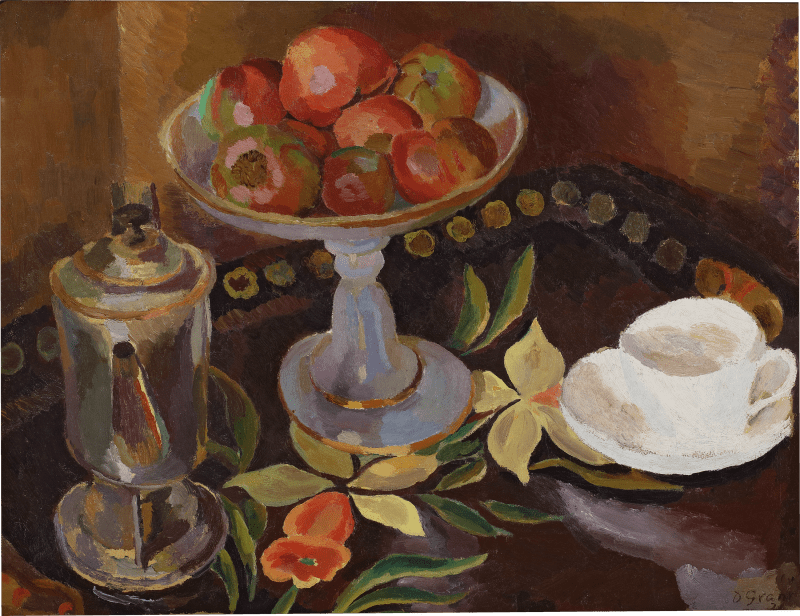Full Biography
Born to a family of shoemakers in Dole, France, Albert Simon Bussy attended the local drawing school and then trained at the École des Beaux-Arts in Paris under the Symbolist painter Gustave Moreau (1826-1898). It was here that Bussy met Henri Matisse (1869-1954) who remained a lifelong friend. In 1897 he staged his first solo exhibition at the Galerie Durand-Ruel in Paris.
On his arrival in London in 1901, Bussy was introduced to the new generation of talented, bohemian artists including the painter William Rothenstein (1872-1945) who greatly admired Bussy's exhibition then on display at Leighton House.
In particular, it was Dorothy Strachey (1865-1960), novelist and translator, who made the biggest impression on Bussy. Strachey was a cousin of Duncan Grant and was thus part of the circle of friends who became known as the Bloomsbury group. Bussy and Strachey married in 1903, much to the dismay of Strachey's family who were alarmed by Bussy's lack of regular income and career choice.
Born to a family of shoemakers in Dole, France, Albert Simon Bussy attended the local drawing school and then trained at the École des Beaux-Arts in Paris under the Symbolist painter Gustave Moreau (1826-1898). It was here that Bussy met Henri Matisse (1869-1954) who remained a lifelong friend. In 1897 he staged his first solo exhibition at the Galerie Durand-Ruel in Paris.
On his arrival in London in 1901, Bussy was introduced to the new generation of talented, bohemian artists including the painter William Rothenstein (1872-1945) who greatly admired Bussy's exhibition then on display at Leighton House.
In particular, it was Dorothy Strachey (1865-1960), novelist and translator, who made the biggest impression on Bussy. Strachey was a cousin of Duncan Grant and was thus part of the circle of friends who became known as the Bloomsbury group. Bussy and Strachey married in 1903, much to the dismay of Strachey's family who were alarmed by Bussy's lack of regular income and career choice.
Bussy and Strachey later set up a home at Le Souco, a house in Roquebrune near Monaco. Le Souco would soon become famous as an intellectual hub where the artistic and literary elite from both sides of the channel would convene and exchange their ideas. Lytton Strachey, Duncan Grant (whom later referred to Bussy as his master), Roger Fry, Vanessa Bell and Virginia Woolf all came to stay at Le Souco for long periods of time. Its place within the history of Bloomsbury is as significant, if not as famous, as 46 Gordon Square, London, the home that Vanessa Bell established with her siblings Virgina, Adrian and Thoby in 1904.
Bussy's art is remarkable for its ability to bestow character on a subject through the simplification of colour and form. His depictions of animals - most of which were based on sketches made at London Zoo - are iconic for their delicacy of technique and confident use of colour. His portraits are equally modern and progressive with the flesh tones blended seamlessly together and often set against bold colourful backgrounds.
[1] S. Bussy quoted in F. Fosca, Simon Bussy, (Paris, 1930) p.8.
























